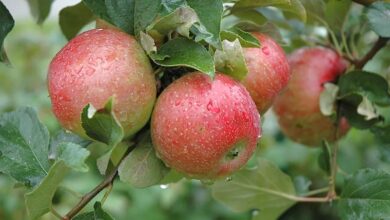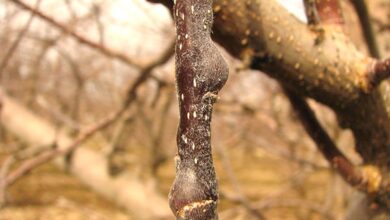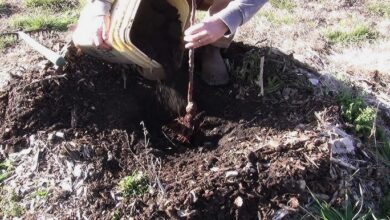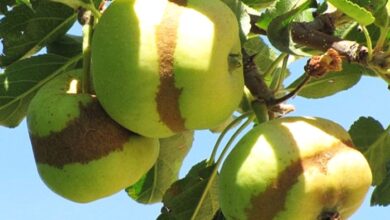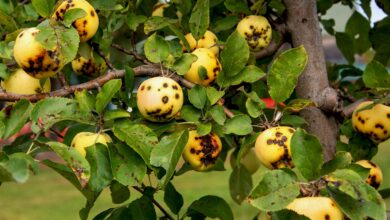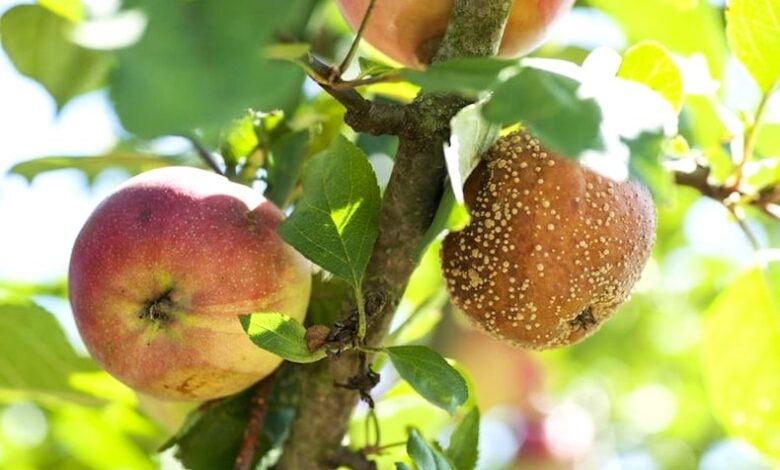
Apple trees are wonderful additions to any garden or orchard, but fungus is usually to blame when problems arise. If you want to discover black rot in apples early on, you need to keep an eye out for symptoms of the disease. This fungal infection is prevalent and can spread from diseased apple trees to other plants in your landscape.
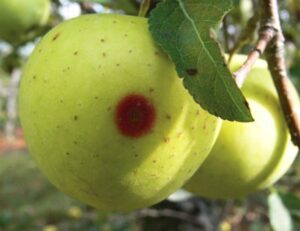
While getting block rot on your apple trees is certainly no picnic, it’s far from catastrophic. If you know how to kill the illness, you can restore your apple crop and enjoy bountiful harvests.
How does Black Rot occur?
Infectious fungus Botryosphaeria obtusa causes black rot, an apple disease that affects the fruit, leaves, and bark. Although it usually appears as a secondary fungus in weak or dead tissues of other plants, it is capable of jumping to healthy tissue on pear or quince trees. About one week after the apple blooms have fallen to the ground, start looking for symptoms of infection on your apple trees. Initially, you might only see leaf symptoms, such purple dots on the upper surfaces of the leaves. As time passes, these spots’ purple edges stay put as their centers dry out and change color from yellow to brown.
How Does Black Rot Occur?
The spots enlarge with time, and the tree loses leaves that are severely diseased. A reddish-brown sunken patch that grows larger every year is a telltale sign of an infected branch or limb.
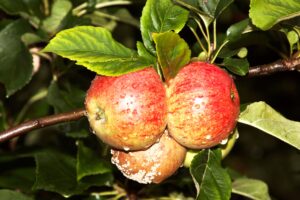
The most harmful kind of this disease, which starts infected blossoms before spreading to fruits, causes fruit infection. You might see red spots or purple bumps on young, green fruits; these will grow larger as the fruit matures. When fruit lesions develop to maturity, they resemble a bulls-eye pattern, with brown and black bands radiating outward from a single center point. Blossom end rot and mummification are common symptoms of black rot disease.
Protecting Apples from Black Rot
Cleanliness is the first line of defense against black rot on fruit trees. It is crucial to remove any fallen debris and dead fruit from the tree since they can harbor fungus spores, which can overwinter on mummified fruits, dead bark, cankers, and falling leaves. Identify red cankers in the winter and remove them by sawing off the damaged limbs or trimming them back at least six inches (15 cm) from the wound. Kill any diseased tissue as soon as you find it, and be on the lookout for any new symptoms of infection.
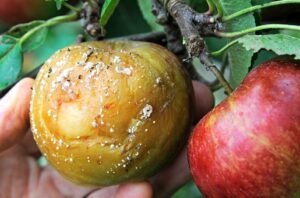
To prevent reinfection of your tree after black rot disease has been controlled and healthy fruits are being harvested again, remove any fruits that are injured or have been infested by insects. Removing all sources of spores is the only surefire way to improve apple black rot, even while general-purpose fungicides like lime sulfur and copper-based sprays can manage the disease.

